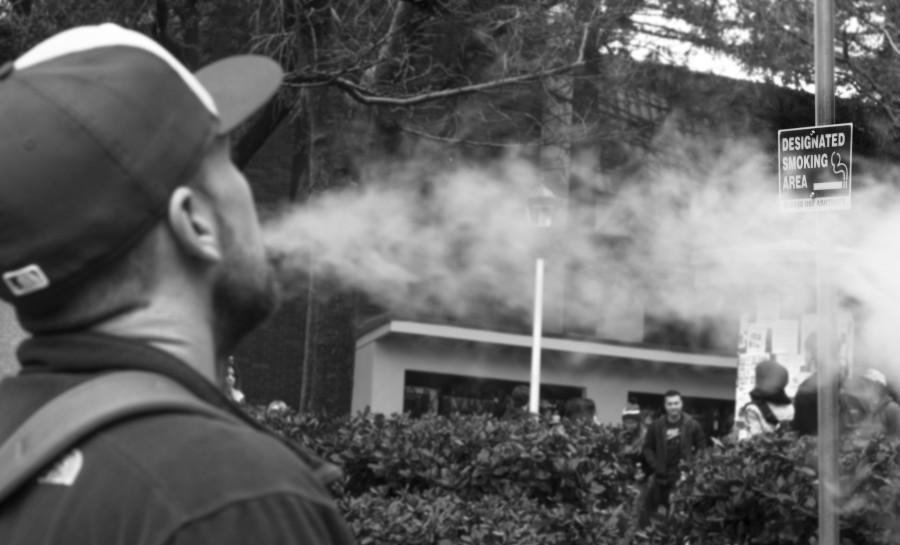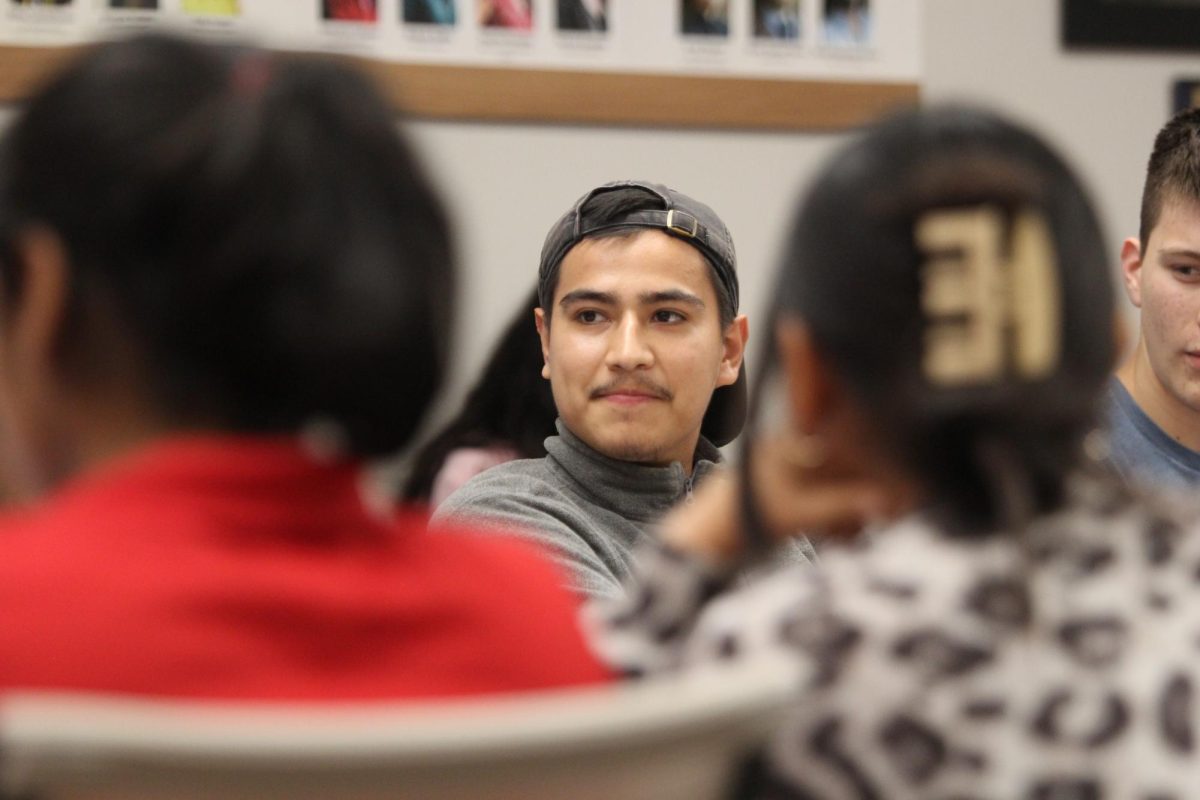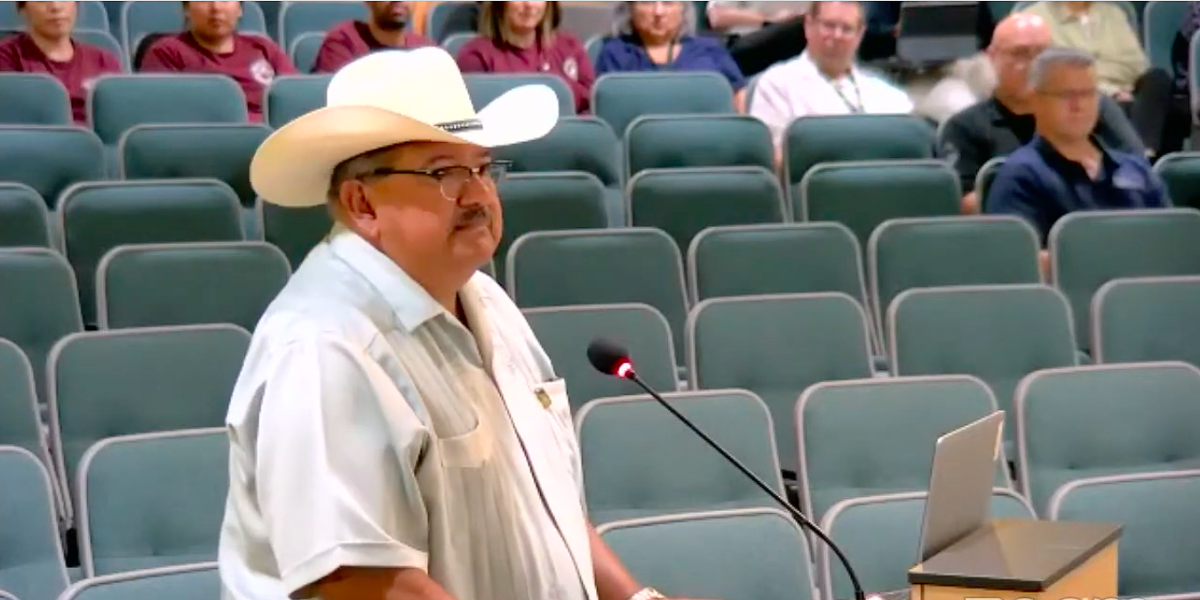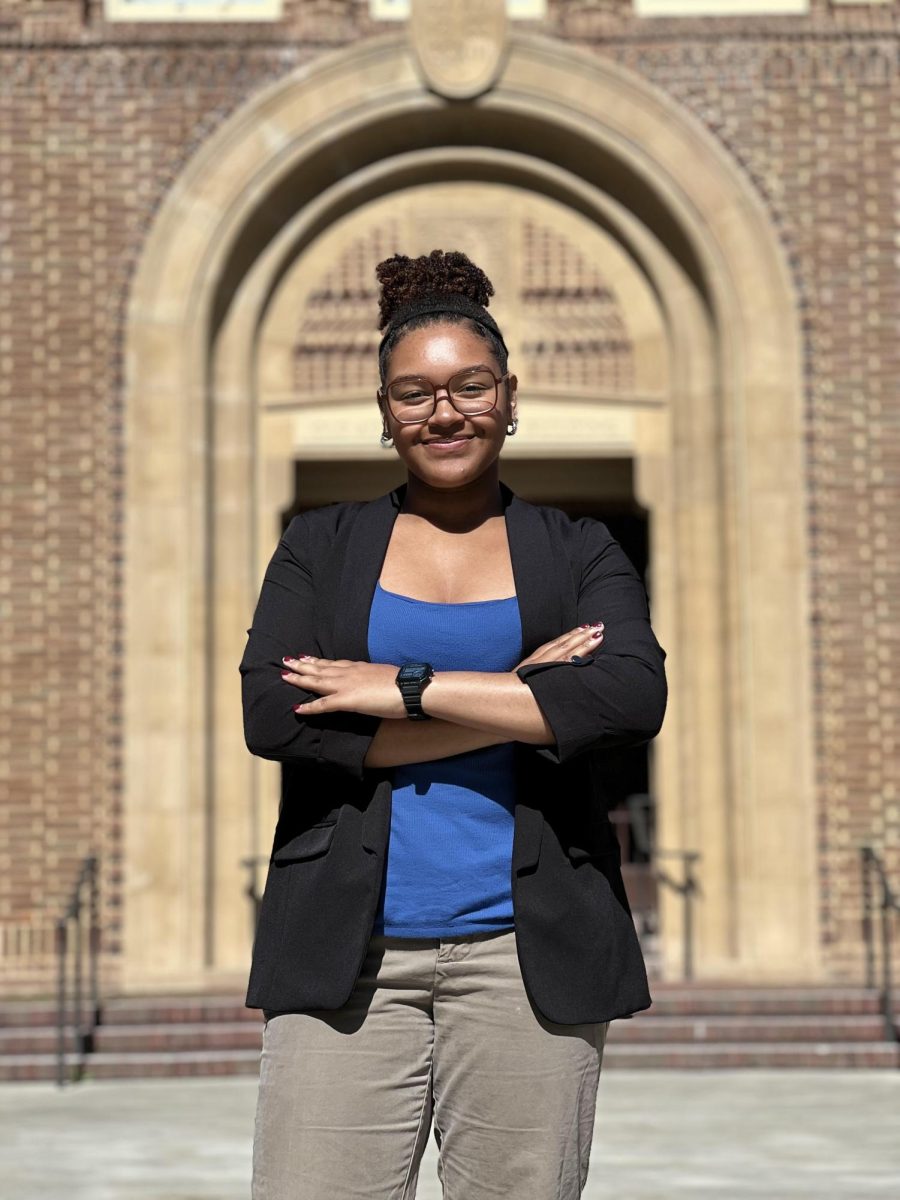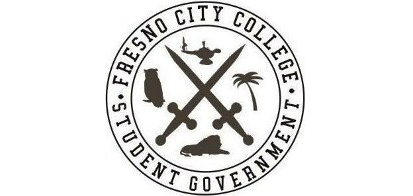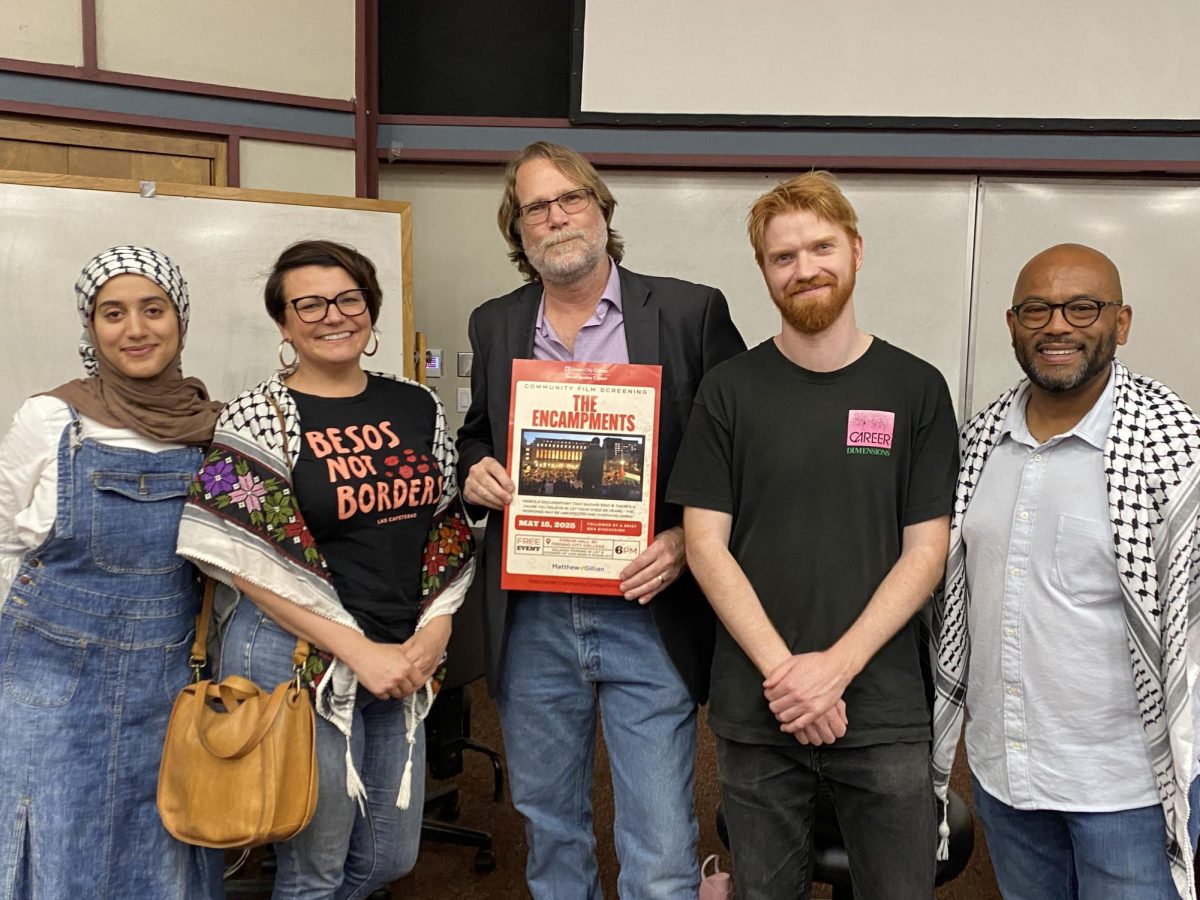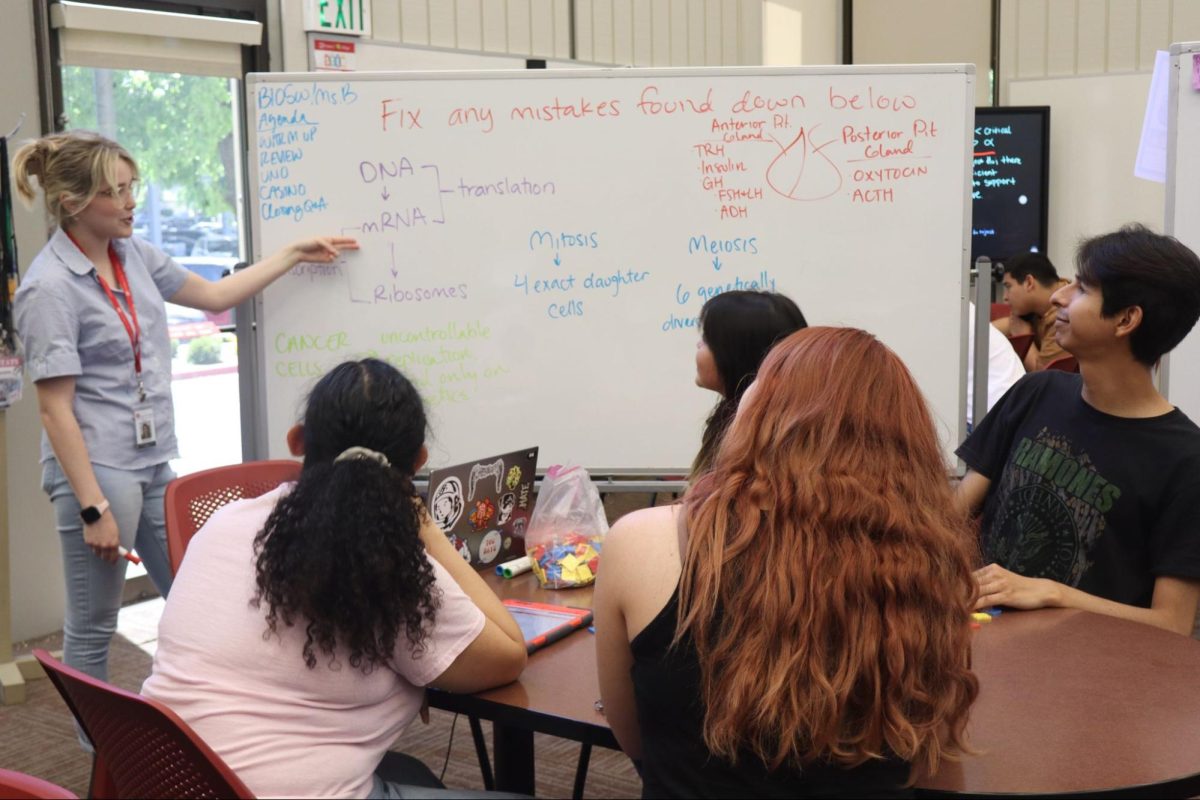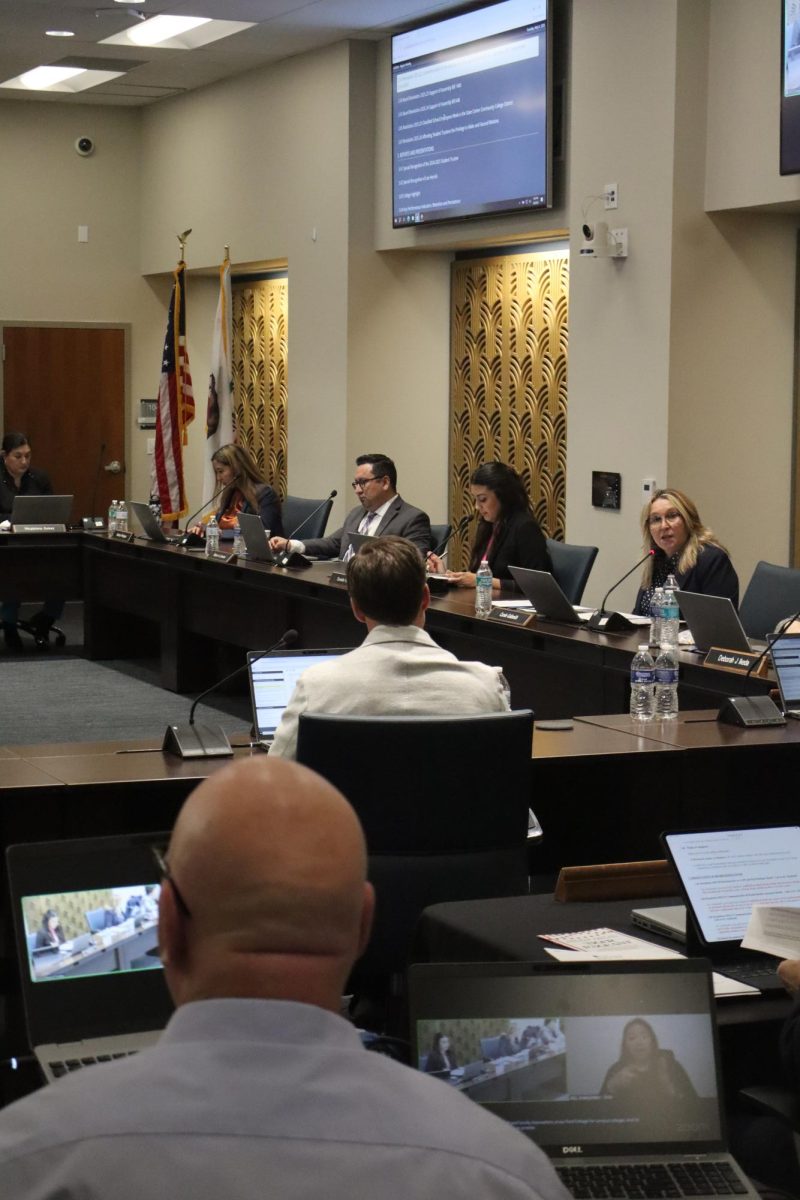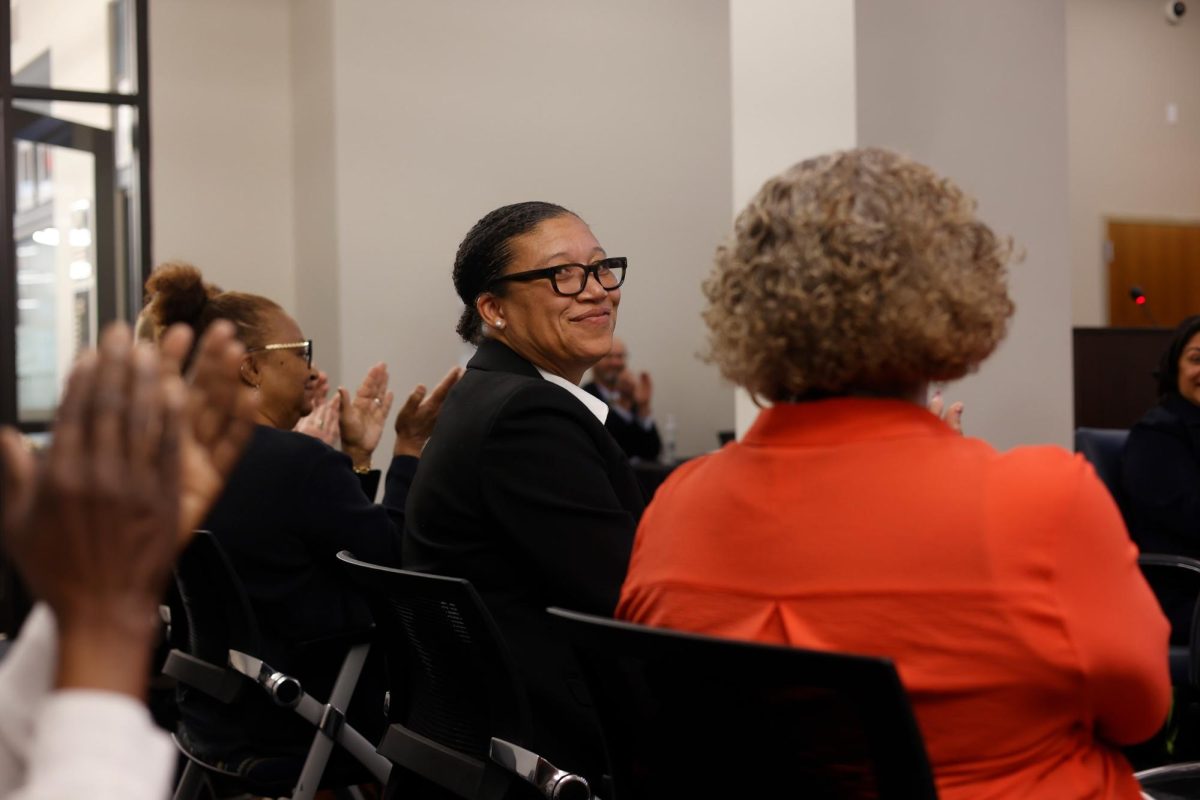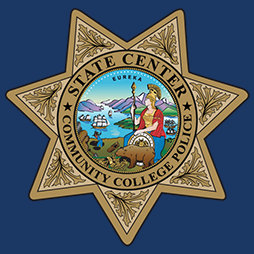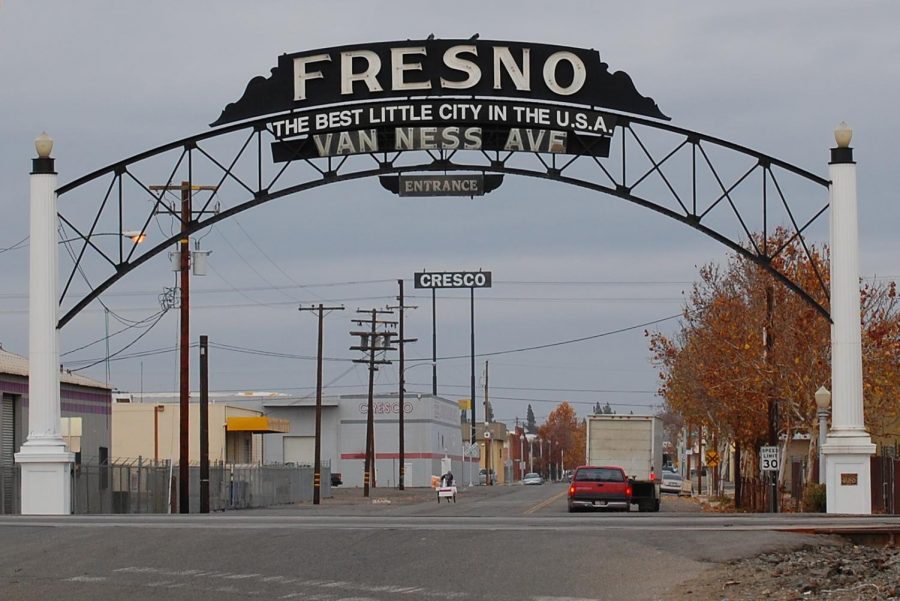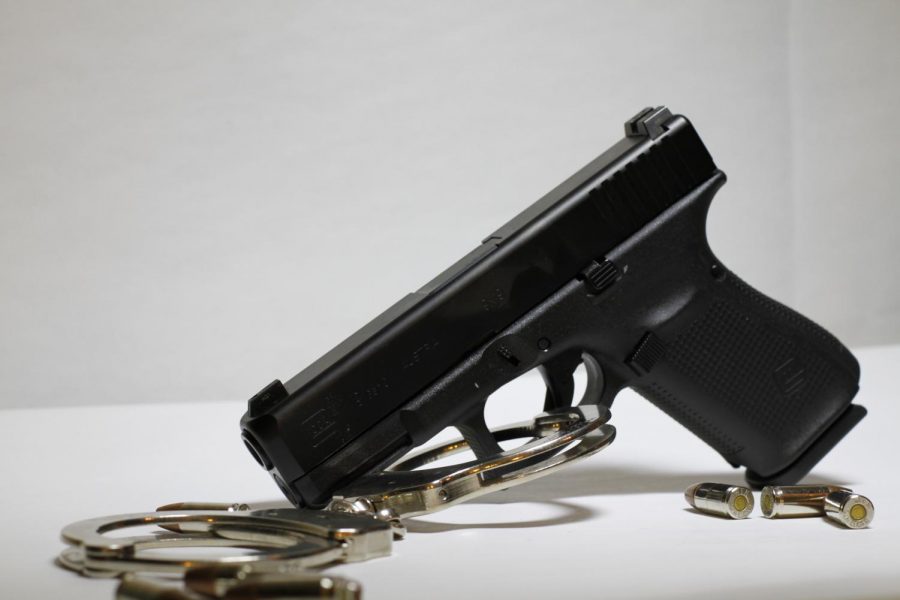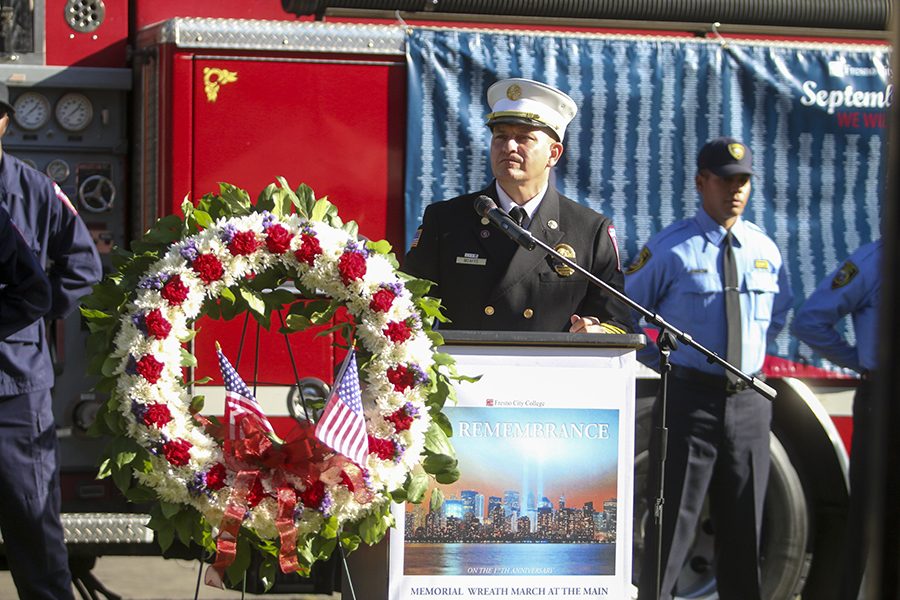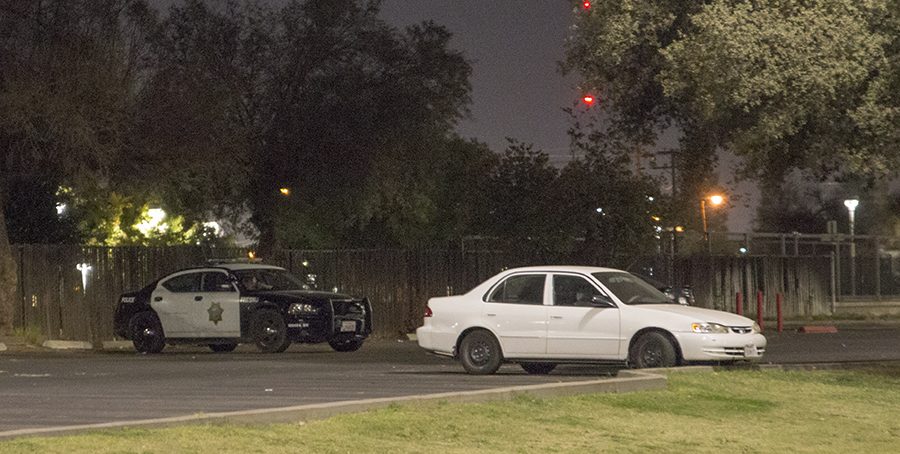Fresno City College’s much anticipated designated smoking areas finally went into effect On Jan. 1, 2015.
The “Designated Smoking Area” signs and reminders of the new rule were posted last semester, but when students returned for the spring semester, smokers puffed away, largely ignoring the signs. Still, no one has been cited, reprimanded or punished for flouting the rules.
The new smoking zones include the parking lots near the tennis courts, Ratcliffe Stadium, the west lawn of the Old Administration Building and the patio pit in front of the library.
Unfortunately, since the passing of the legislation, very little change has been made. Although it was believed that the areas would go into effect during fall 2014, nothing was officially carried out until the beginning of this year.
While many students retreat to these designated smoking areas to smoke, clouds of both cigarette and vape smoke continue to fill breezeways and sidewalks that are supposed to be smoke free.
“We could run ad campaigns, we could put signs up, we could do all kind of things and you would still have people walking in like what are you talking about?” said SCCCD Police Chief Bruce Hartman. “We could even mail it to them.”
Many students are questioning why no one seems to be enforcing rules that have taken years and energy to enact.
“As a smoker, I’d say no, don’t enforce it because I wouldn’t want to get caught,” said Tony Smith, FCC student. “ I don’t know what the penalty would be.”
Both smokers and nonsmokers say they like the rules to create designated smoking areas on campus.
The legislation to create smoking-only areas has been under consideration since 2004, but it wasn’t until spring 2013 that the FCC Academic Senate finally approved the proposal.
“I like them…because I can smoke,” Eboni Castano, FCC student said. “I think that’s cool.”
Health and Safety Officer Joseph Diebert said that enforcement can be difficult. “There’s not really any way,” he said. “If it’s the desire of the campus as a whole, it could be, but it’s going to consume a lot of resources to do it; It may not benefit.”
For many individuals on campus, there are more important issues at hand than who is smoking where. “You have to find that middle point.,” said Hartman. “We are not here to drop the hammer persey; we are here to educate too on both sides and if you are doing something we need to make sure that you are aware of it.”
Campus police are making it their priority to educate before they cite. While it is important to enforce the designated smoking areas, it is more important make sure everyone on campus knows they exist.
Additionally, students, especially smokers, may feel they are given contradictory messages. Every building on campus still displays signs that read “No smoking within 20 feet of this building.” The signs are still there, causing much confusion.
“I just kind of assume that if I’m 20 feet away from the building then I can smoke,” Castano said.
The newly established designated smoking areas are much farther than 20 feet away from buildings. Therefore, if smokers only abide by the 20 feet rule and disregard the designated smoking areas, they are most likely not following the rules.
“There you are in violation of an actual law,” said Hartman. “That is something that has to be posted under state law.”
But according to Hartman, campus police has less control over the consequences regarding the designated smoking areas than they do over the 20 foot parameters.
With regard to the specific smoking areas, disciplinary actions fall into the the hands of Vice President of Student Services, Chris Villa.
Though with no case being presented, it is unclear what actions Vice President Villa would take should an issue arise.
“The areas enforcement, to be determined,” Diebert said, “are down the road possibly.”

